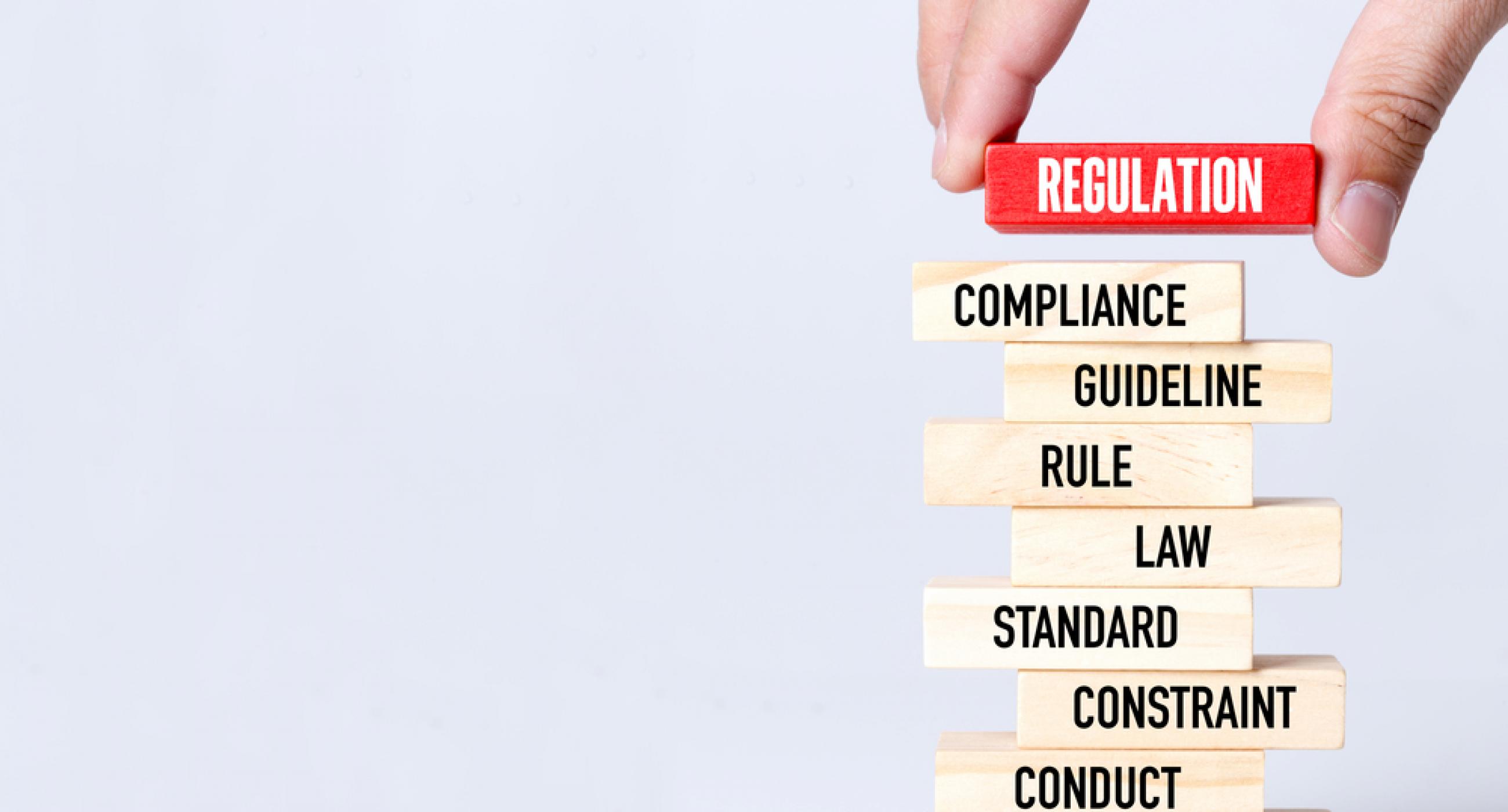Standards and Regulations
What is the PED directive?
The legislation for pressure equipment (PED, from the English "Pressure Equipment Directive") is a European Union legislation concerning the fundamental phases in the creation and commissioning of these components, namely the design, the construction process and the installation. However, this legislation does not specify regarding maintenance interventions and operating conditions that are governed by the regulations in force in the national states where the installation sites are located.
What are the components to which the PED directive applies?
The components under pressure are all those components that are subjected to a relative pressure of at least 0.5 bar. In fact, devices subjected to a lower pressure are not included in the standard, but membership in the class subject to the directive is not mandatory even with a higher pressure. In fact, after the pressure has been measured, it must also be established whether this component actually falls within the field of applicability of the standard.
Among the equipment that must usually comply with the standard are:
- Pipes: usually subjected to a high internal pressure deriving from the fluid but also to an external pressure deriving from the ground or from the walls in which they are installed;
- Hydraulic valves: they are subjected to different pressures and can be fundamental elements in the transition between a high pressure zone and a low pressure one, or vice versa;
- Containers: they contain liquid or gaseous fluids that exert significant pressure, therefore requiring a targeted and careful design.
Furthermore, an important role is constituted by the set of various equipment installed in the same system or site: the study of the pressures on each device and on their totality is essential to ensure correct sizing, as well as an efficient construction that avoids damage and failures of considerable importance for the environments and persons who are in direct contact.
The concept of level of danger introduced in the PED directive
The study of the pressure involved, as mentioned, is essential to avoid accidents and problems. Generally, the concept of danger level is introduced in the directive which is based on the energy stored by each device. The calculation of this energy is based on a series of parameters, including:
- Size (which can be either a volume or a nominal size);
- Admissible pressures and temperatures;
- Type of fluid (can be of two main types);
- Operating and installation conditions (pressures involved, temperatures, thermal changes, shocks, wear and a series of additional conditions);
It is evident that the directive enters into the specifics of each component, not neglecting any aspect, even marginal, that affects a phase of the production chain: this meticulousness has contributed and contributes every day to the reduction in the number of accidents that occur.
